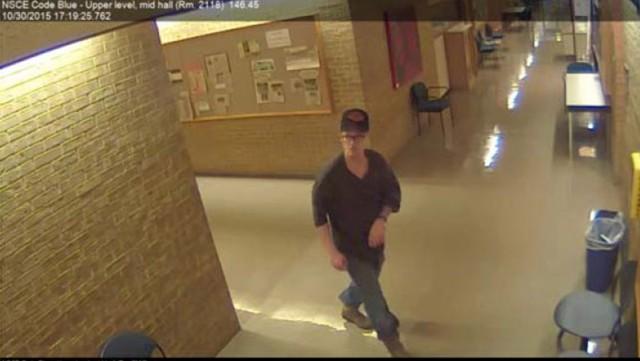By Ashlyn LeVesque/ reporter
Genetics impact risks for breast cancer, but controllable prevention methods influence risks as well, an oncologist told South Campus students Nov. 5.
Robyn R. Young from The Center for Cancer and Blood Disorders presented Breast Cancer and Genetics: What’s My Real Risk? discussing breast cancer myths, genetic and developmental risks and prevention.
Developmental risk misconceptions include underwire bras, plastic water bottles, deodorant, cellphones and other forms of radiation, Young said.
“There’s a big myth that mammograms and other tests that cause radiation can cause cancer,” she said. “I say that’s a big myth because the data on this says that yes, doses of radiation, if you get enough doses, can cause that mutation in the cell that leads to cancer 20 to 30 years later. To get that amount of dose from just a CAT scan, you’d have to have CAT scans every three months for years on end. Mammograms, you’d have to have every six months for something like 90 years to get enough doses to cause cancer.”
A common myth is that testing positive for a cancerous gene means a person will get cancer, Young said.
“There is something in genetics they call penetrance, and that’s how often the gene actually causes the disease,” she said. “So you can carry a gene, pass the gene on to your relatives and never get the cancer. And we know that happens a lot of the time.”
Another myth is that if breast cancer does not run in family history, a person is in the clear, Young said.
“You could be the first person in the family to have it, or it could have been passed down on dad’s side, and it just didn’t get passed to any of the women on dad’s side,” she said. “So they didn’t really have the chance to get the cancer.”
Uncontrollable risks for breast cancer include family history, hormonal factors, large estrogen exposure and breast biopsies showing atypical cells, Young said. However, controllable risks include smoking, alcohol, hormone replacement therapy, obesity and a sedentary lifestyle.
“I harp on my patients all the time about exercise,” she said. “It reduces risks of getting a cancer by 30 to 35 percent, but for my patients who have already had cancer, it reduces the risk of that showing up somewhere else by about 30 percent.”
Studies also show that the longer a woman breast-feeds, the more it decreases risks of breast cancer, Young said.
Preventative surgery, chemoprevention, increased surveillance and lifestyle changes will help reduce risks for breast cancer, Young said.
“Knowledge really is power,” she said.
For questions or more information, contact The Center for Cancer and Blood Disorders at 817-759-7000 or at TheCenterTX.com.































